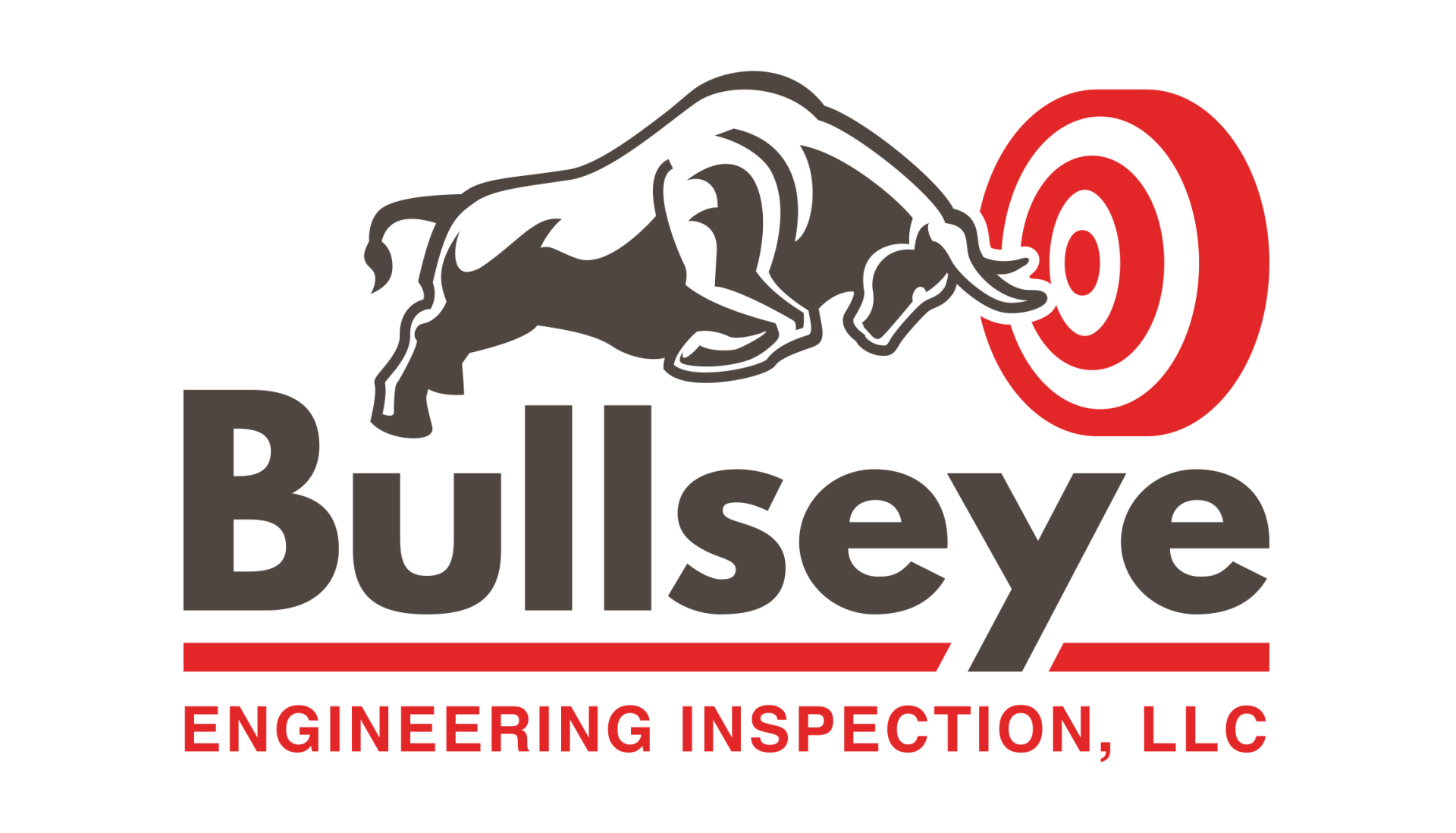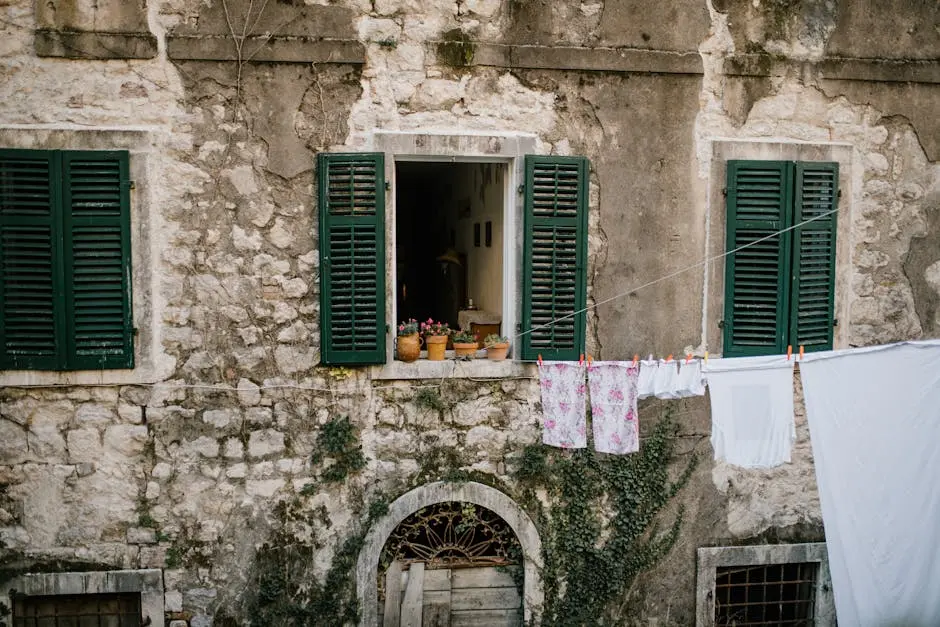
When it comes to buying or owning a historic home, knowing what to look for during an inspection can save you time, money, and a lot of headaches. This blog will guide you through the essentials of historic home inspections, highlighting why they’re important and what specific elements you should pay attention to. By the end of this post, you’ll have a clearer idea of how to navigate the complex world of historic properties.
The Importance of Historic Home Inspections
Historic home inspections play a crucial role in preserving the essence and integrity of architectural heritage. They help buyers understand the unique aspects and potential red flags of older homes. Unlike modern homes, historic properties come with their own set of challenges, making it essential to have a thorough inspection by an experienced professional. This initial step not only safeguards your investment but also informs you about necessary repairs that could impact your home’s functionality and safety.
Furthermore, by conducting a detailed historic home inspection, you’re not just acquiring a property; you’re buying a piece of history. This process encourages a deeper appreciation for architectural craftsmanship, historical significance, and neighborhood heritage. The insights gained from an inspection can guide homeowners in making thoughtful renovations that respect the character of their residence, blending the old with the new.
In essence, understanding the importance of these inspections can save you from unexpected surprises down the road. Imagine moving into what you thought was your dream house, only to face severe structural issues three months later! By actively engaging in a historic home inspection, you arm yourself with critical knowledge that can transform your experience as a buyer and owner.
Understanding the Unique Challenges of Historic Homes
Owning a historic home is a rewarding journey, yet it comes with its unique set of challenges. One major aspect is the materials used in older homes, which often differ significantly from today’s modern standards. For instance, lead pipes might be found, and while they are an integral part of historical plumbing, they pose health risks that require immediate attention. Accordingly, it becomes paramount to identify such elements during the inspection process.
In addition, older homes may lack modern insulation, leading to inefficient energy use. Unbeknownst to many, outdated electrical wiring could also become a safety hazard over time. The blend of nostalgia and renovation can be tricky; thus, it’s imperative for homeowners to address these unique issues not only for the safety of the inhabitants but also to preserve historical value.
Ultimately, understanding these challenges empowers homeowners to make informed decisions regarding renovations and restorations. A historic home inspection can alleviate fears associated with these pitfalls by exposing problems early on, making resolutions easier and more cost-effective. This proactive approach ensures that historic homes maintain their charm and beauty for generations to come.
Key Elements to Inspect in a Historic Home
When conducting a historic home inspection, specific elements require close examination. First and foremost, the structure and foundation must be assessed to ensure stability. This includes checking for cracks in the walls, sloping floors, and any signs of moisture damage. These foundational issues can significantly affect the safety and comfort of the home.
Additionally, inspect the roof and gutters thoroughly. Older roofs may show signs of wear and tear, leading to potential leaks. Keeping the landscape’s drainage in check helps maintain the integrity of the foundation and the basement. Next on the list is the electrical system, which should be compatible with modern safety standards. Faulty wiring can lead to serious hazards, so ensure that it has been updated appropriately.
Another crucial area to consider is the plumbing system. As previously noted, old pipes can harbor harmful materials, while outdated sewage systems might not handle modern demands. Last but not least, it’s essential to assess windows and doors for both functionality and historical authenticity. Older windows, though charming, might require restoration to prevent air leaks and improve energy efficiency.
Recognizing Historical Value vs. Structural Integrity
One of the complexities of owning a historic home lies in the balance of preserving historical value while ensuring structural integrity. It’s a delicate dance between maintaining a home’s original beauty and ensuring it meets today’s safety standards. Homeowners often grapple with decisions that affect both aesthetics and functionality, which is why a thorough form of evaluation during the inspection phase is critical.
For instance, how do you decide between maintaining the original woodwork or replacing it with modern, more durable options? Similarly, restoring original fireplaces while ensuring chimney stability can present a conundrum for many. Striking the right balance can significantly impact the home’s value, as buyers often look for both character and quality.
Moreover, understanding the specific historical value of certain features can greatly dictate restoration decisions. A knowledgeable inspector can help identify what elements are integral to a home’s historical significance, ensuring that necessary repairs don’t strip the property of its charm. Thus, careful consideration during inspections offers substantial benefits to both the integrity and appeal of the home.
Common Issues Found in Historic Home Inspections
As you delve into a historic home inspection, there are several common issues that frequently arise. One of the most prevalent issues is water damage, which can stem from leaky roofs, poor drainage, or aging plumbing systems. Identifying signs of mold is paramount, as it can not only diminish the soundness of the structure but also pose health risks to inhabitants.
Another frequent concern is foundational problems, including cracking or settling that can impact the overall integrity of the home. This might require costly repairs down the line, making an inspection essential before purchasing. Most historic homes also have outdated electrical systems that can lead to fire hazards if not addressed. This serves to highlight how crucial inspections are to maintain safety and longevity.
Lastly, while charming, many historic homes have outdated heating and cooling systems that are less efficient and can greatly increase energy costs. Recognizing these issues early on allows prospective buyers to negotiate repairs or price adjustments with sellers, paving the way for informed investment decisions. Knowledge truly is power in the realm of historic home inspections.
Choosing the Right Inspector for Your Historic Home
Selecting the right inspector for your historic home is a critical step in the inspection process. Experience matters, especially when it comes to identifying the nuanced issues that older properties often present. A seasoned inspector will be knowledgeable about period-specific materials and methods, which allows them to conduct a more thorough examination.
Moreover, it’s wise to seek inspectors who specialize in historic preservation. These professionals not only understand the safety aspects but also appreciate the architectural details and can help guide on restoration versus replacement. Don’t hesitate to ask for references or testimonials from previous clients, which can help gauge the inspector’s expertise.
Finally, clear communication is essential. Your inspector should be willing to discuss their process, what they will look for, and how they intend to document findings. Ensuring that you and your inspector are on the same page will not only make the inspection more efficient but also provide peace of mind as you navigate the complexities of owning a historic home.
Maintaining Your Historic Home Post-Inspection
Once a historic home inspection is complete, the real challenge begins: maintenance. Effective upkeep is key to preserving both the beauty and safety of your home. One fundamental aspect to keep in mind is regular inspections of the exterior, which can help address any weather-related wear and tear before it escalates into significant problems.
Routine maintenance should not only focus on structural aspects but also on systems like plumbing and electrical wiring. As highlighted earlier, older systems require more frequent checks to ensure they’re functioning correctly. Setting up a timely maintenance schedule can mitigate risks and delay costly repairs, ultimately saving you time and money in the long run.
Additionally, consider documenting all maintenance activities and any work done on the property. This documentation will not only benefit you but can also serve as a valuable resource for future owners should you ever choose to sell. Maintaining your historic home becomes an ongoing commitment that fosters a respect for history, ensuring that future generations will appreciate the unique charm that your home has to offer.
Final Thoughts on Historic Home Inspections
Understanding the intricacies of a historic home inspection empowers you as a buyer or owner. With the right knowledge, you can preserve the charm and character of your historic home while ensuring its safety and longevity. Don’t skip out on this crucial step—investing in a thorough inspection will reward you in the long run.

